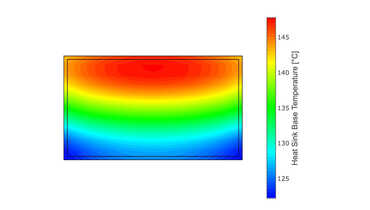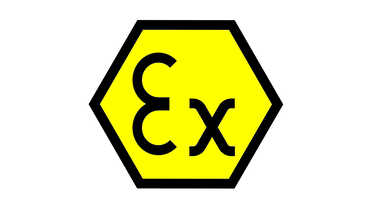For some time now, researchers have been working on developing both transparent and highly conductive electrodes with minimal material input. There are many ways to use it. Preferably, such alternative electrodes are suitable for solar cells and other optoelectronic components.
Goal: to find an ITO replacement
The aim of most research of this kind is to replace indium, which is no longer available, which is of particular interest as indium tin oxide (ITO) for optoelectronics. And also to reduce the use of other suitable, but expensive materials such as silver as much as possible.
Technologically relevant and interesting in terms of price
At the end of July 2015, a team of researchers led by Prof. Dr. Christiansen from Helmholtz Zentrum Berlin (HZB) developed a process that allows the production of a transparent and at the same time conductive electrode without indium and with only a small proportion of silver. The new electrodes require only 0.3 grams of silver per square meter of surface. This is about 70x less silver than conventional silver mesh electrodes - silver nanowire (AgNW), which requires between 15 and 20 grams of silver). The result of the research thus represents a technologically relevant and price-interesting alternative to previous electrodes.
The complete article "Encapsulation of silver nanowire networks by atomic layer deposition for indium-free transparent electrodes" has already been published in issue 16 of the Nano Energy Journal and is available as a paid download. Further information can also be found on the HZB website.
Publication in the Nano Energy Journal
Article download of the original publication in the journal "Nano Energy" (Vol. 16, Sept. 2015) at the URL below. (Research team: Manuela Göbelt, Ralf Keding, Sebastian W. Schmitt, Björn Hoffmann, Sara Jäckle, Michael Latzel, Vuk V. Radmilović, Velimir R. Radmilović, Erdmann Spiecker, Silke Christiansen)
Indium Tin Oxide (ITO)
For many years, the market leader in the field of touchscreen technology has been ITO (= indium tin oxide). It is the material of choice when high transparency meets high surface electrical conductivity. However, resources are gradually being exhausted and the purchase price is correspondingly high, which is driving research into cost-effective alternatives.



